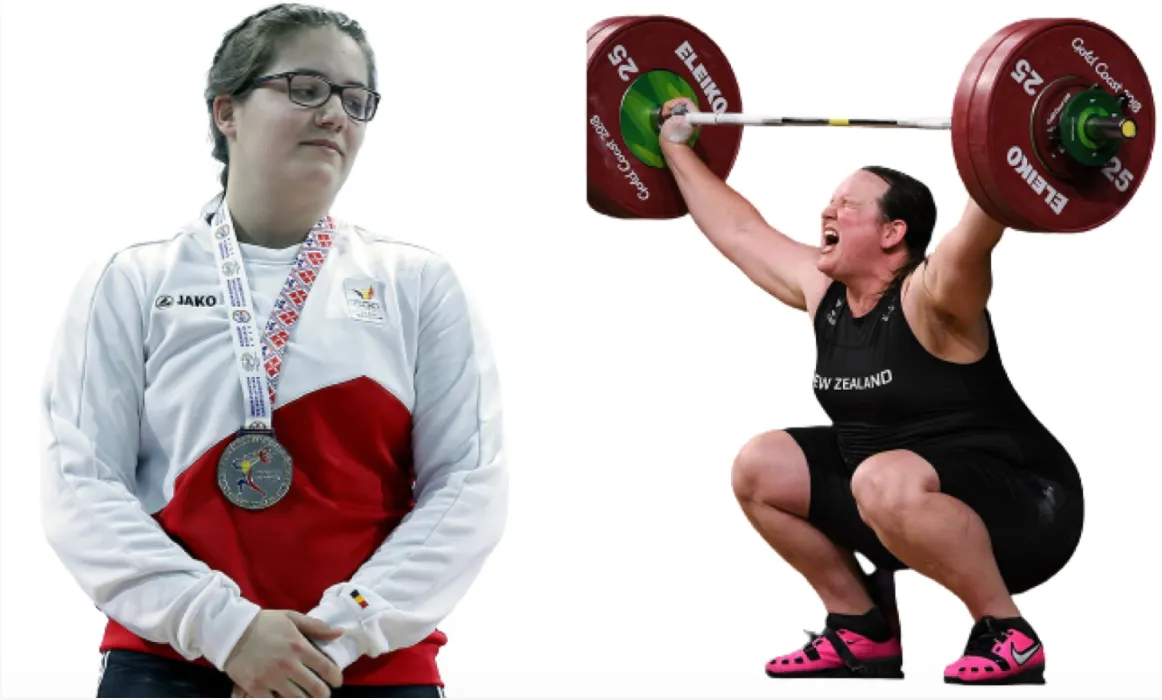Table of Contents
Ro Edge
NZ Spokesperson
Save Women’s Sport Australasia
Laurel Hubbard wasn’t the first transgender individual to compete in the female category of the Tokyo Olympics, nor is Laurel the only one who will do so. And if the trans lobby has their way, we will see many, many more at the next Olympics.
The first trans-identifying male at this year’s Olympics was actually 42 year old Stephanie Barrett from Canada who took up archery in 2018. Within a year Barrett won gold at the Canadian Championships, and this year equalled the Canadian women’s archery record score, before qualifying to take the only female archery spot in the Canadian team for Tokyo. The media failed to report Barrett’s biological sex; instead just celebrating ‘her meteoric rise’.
Chelsea Wolfe, who transitioned in 2014, also took a spot away from a female athlete in BMX Freestyle for Team USA. And perhaps an even more extraordinary case than Laurel Hubbard is Valentina Petrillo, who won 11 Italian men’s Paralympic titles up until 2018. Petrillo then transitioned, aged 44, in 2020. Petrillo has said it’s ‘Better to be a slow happy woman than a fast unhappy man’.
While all of the above cases are insulting to many women, it feels quite wrong that New Zealander Laurel Hubbard has borne the brunt of what is quite obviously a flawed policy from the IOC, which even they admit now is not fit for purpose. Yet its introduction in 2015 up-ended women’s sport around the world, as sporting organisations everywhere followed suit, and developed similar trans inclusion policies, trusting the IOC had undertaken thorough research to validate their decision. But this wasn’t the case at all.
Trans identifying male, Joanna Harper presented one unscientific research paper where eight non-elite men self-reported their performance times pre-operative and post-operative as they transitioned to ‘become women’, over a time period between over 2-30 years.
All confounding variables such as age, training or diet were ignored, as was the one participant whose performance improved.
And on this basis, the IOC, followed by national and international sporting federations around the world, opened up the female category to biological males who identified as women. No surgery required.
Save Women’s Sport Australasia understands the IOC plan to release a new policy within the next few months, however we should all be concerned as to what this policy will be, based on their chief medical and science advisor recently saying: “Everyone agrees that trans women are women”.
Not only is that statement demonstrably false, as there are many people who openly disagree, but how can the IOC protect fairness and safety for female athletes if they believe women are no longer adult human females, but merely a hormone level, a costume or a feeling?
Joanna Harper stated on RNZ’s Morning Report yesterday that we should see approximately 100 trans athletes by the next Olympics. If the IOC continue with a similar type policy to the one they have now, which is based on testosterone reduction – or even worse still, move to self ID only, as Sport NZ and the NZ Rugby Union are proposing to do, will our male and female categories eventually simply end up being elite males vs mediocre males? How many females will it take to miss out on opportunities to participate at the elite level before it’s deemed too many?
If all a man has to do is say he identifies as a woman and nothing else, it would be both naive and willfully ignorant for the IOC and national sporting organisations to trust that this loophole won’t be exploited by any athlete or nation who wants to gain even the slightest competitive advantage. We have plenty of examples of how far some athletes and nations will go to achieve sporting glory.
This new inclusion mantra in sports ultimately means exclusion for women and girls. When biological males are allowed to compete in the female category, women and girls either miss a spot on a team, self-exclude, or are silenced if they resist. We already have a high profile example of this happening with NZ weightlifter Tracey Lambreachs, who was told to lose 18 kg or retire to make room for Hubbard. And when she and other female weightlifters raised concerns they were told to be resilient and to be quiet.
Well, neither resilience nor silence makes up for females inability to change their biological reality. And policies that prioritise inclusion, over fairness and safety for female athletes ultimately only benefit one of the sexes.
Please share this BFD article so others can discover The BFD.









